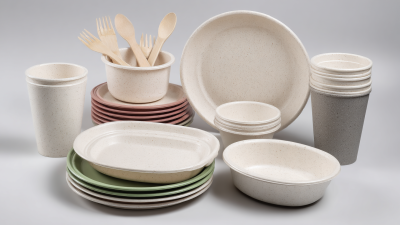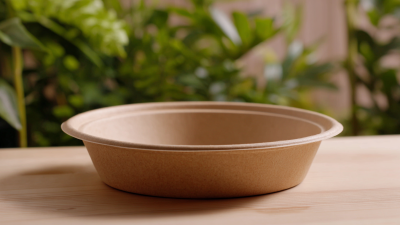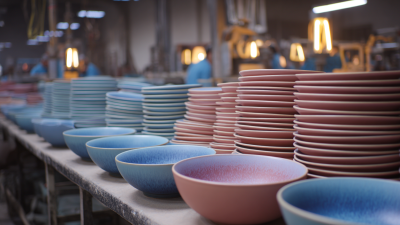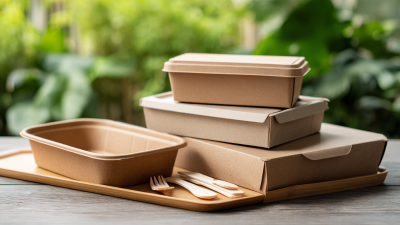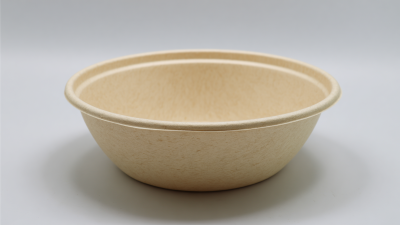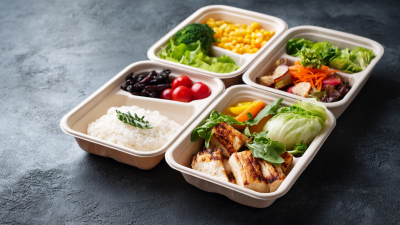The growing awareness of environmental issues has prompted a significant shift towards sustainable living, where biodegradable crockery plays a pivotal role. According to a report by the Ellen MacArthur Foundation, single-use plastic consumption is projected to reach 300 million tons annually by 2030, contributing to a staggering 13 million tons of plastic that end up in our oceans each year. This alarming statistic highlights the urgent need for alternative solutions, such as biodegradable crockery, which offers a practical way to reduce our ecological footprint. By choosing products made from natural materials, consumers can not only minimize waste but also support a circular economy that encourages sustainability. With the market for biodegradable tableware expected to grow significantly—projected to reach $6.5 billion by 2025— it's essential to understand how to select the best options available. This ultimate guide aims to equip you with essential tips and insights to make informed decisions while embracing a more sustainable lifestyle.
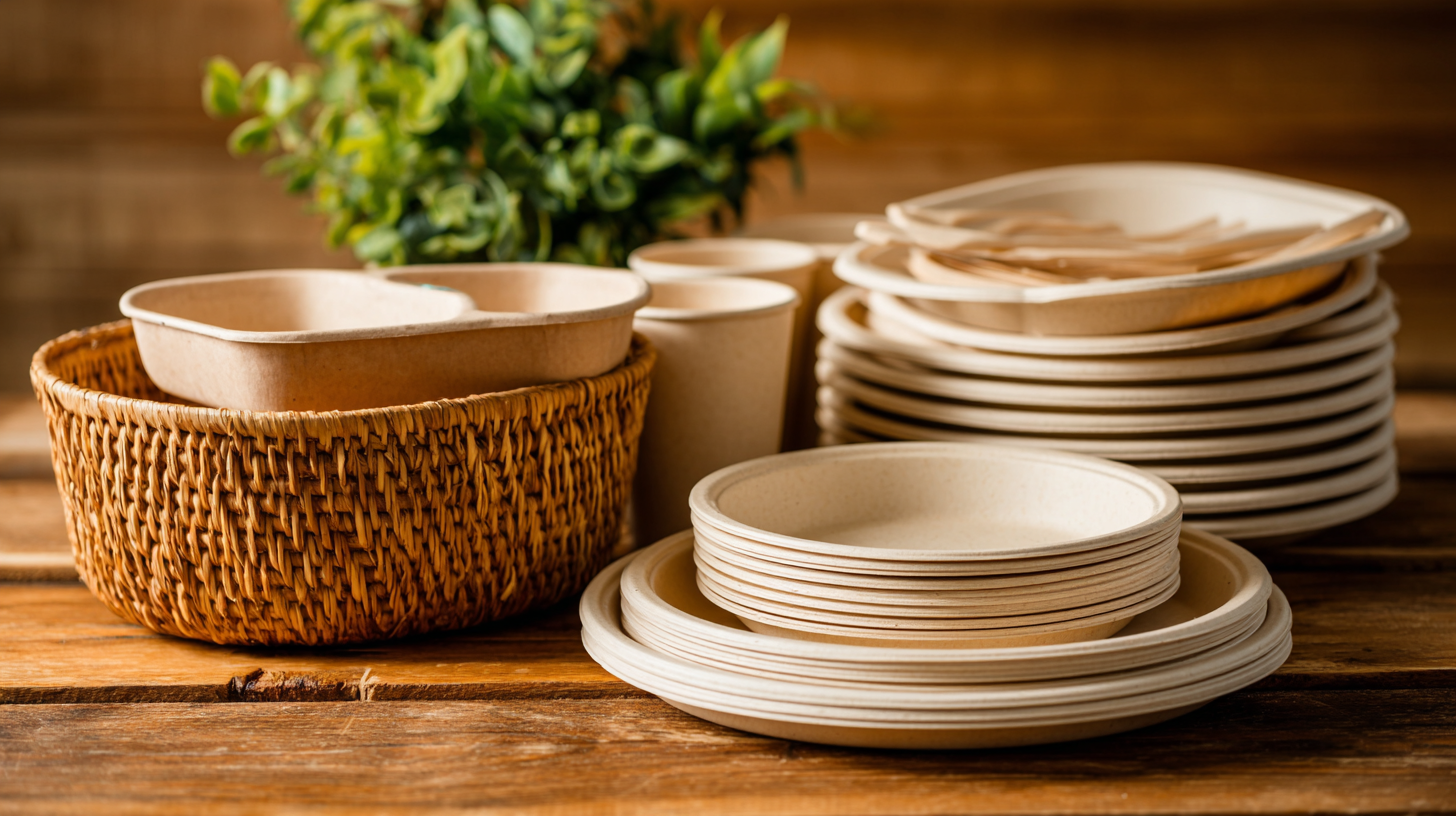
When it comes to sustainable living, choosing biodegradable crockery is a critical step towards minimizing our environmental impact. Biodegradable materials, such as those derived from sugarcane waste, are gaining traction; bagasse pulp is now recognized as a viable option for producing eco-friendly plates. Research indicates that using sugarcane bagasse not only reduces plastic waste but also contributes to a circular economy by repurposing agricultural byproducts. A comprehensive review highlights the environmental benefits of such materials, showcasing their potential to replace conventional single-use plastics effectively.
Additionally, advancements in biodegradable packaging technologies are enhancing the properties of alternative materials. Recent studies on crop-based biodegradable options reveal their industrial usability and the subsequent decrease in reliance on synthetic polymers. For instance, Polyhydroxyalkanoates (PHAs) have emerged as promising biodegradable plastics, yet challenges remain in their production costs and sustainable strategies. By focusing on the potential of natural fibers and bio-based materials, consumers can make informed decisions, facilitating eco-conscious practices in daily living while contributing to a more sustainable future.
Choosing biodegradable crockery is a significant step toward waste reduction and fostering sustainability in our daily lives. Unlike traditional plastic products, biodegradable options break down more naturally over time, minimizing their impact on landfills and reducing pollution. By opting for materials like bamboo, palm leaves, or cornstarch, consumers can support a circular economy that thrives on renewable resources.
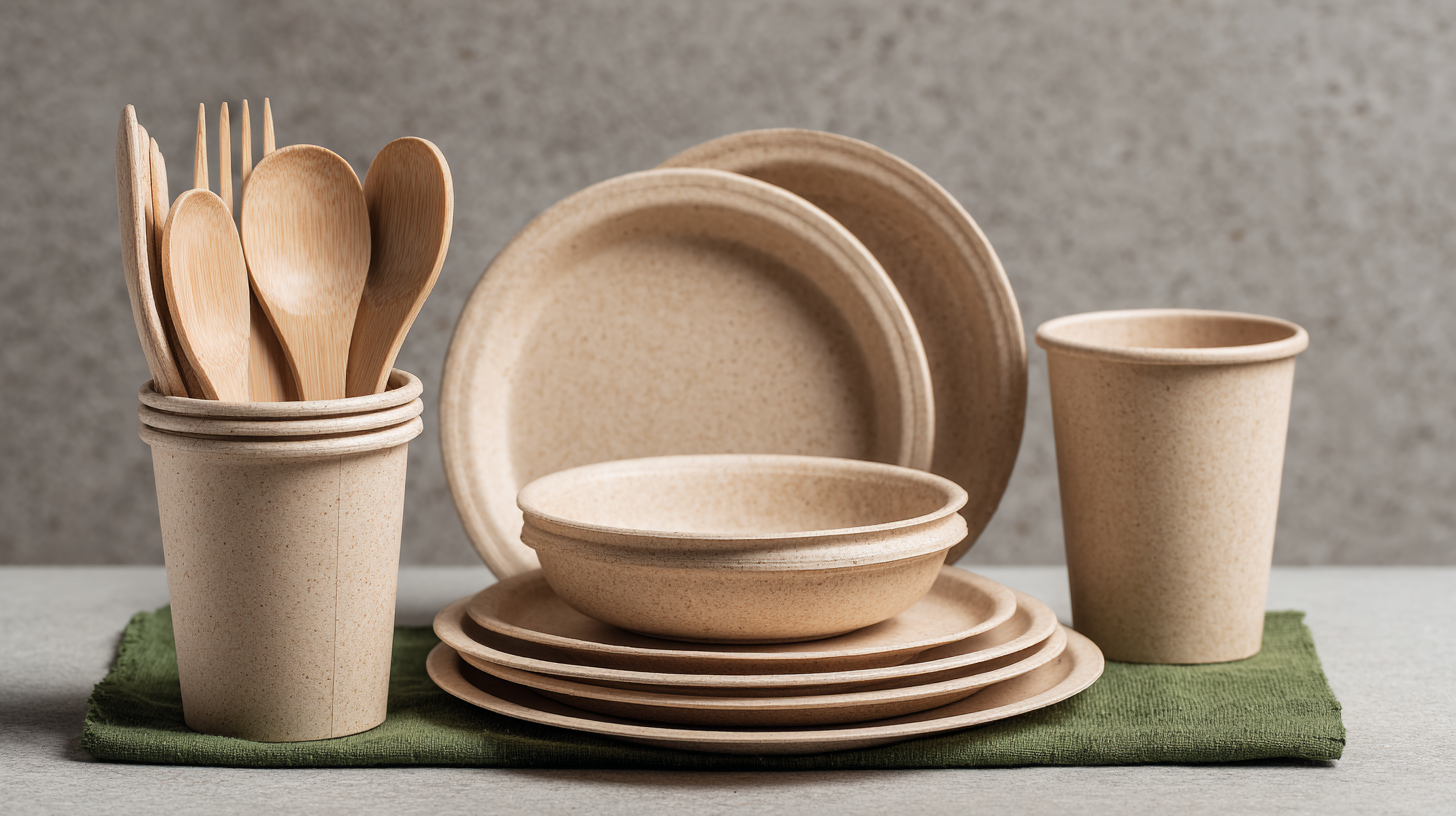
When making a switch, here are some tips to consider. First, look for certifications that indicate the material is truly biodegradable and compostable. This ensures that your crockery will break down effectively in the right conditions. Second, assess the production practices of the brands you choose; selecting those that prioritize eco-friendly manufacturing processes can amplify your positive impact on the environment. Lastly, consider the life cycle of the products and how they travel from source to store. Local options can further reduce carbon footprints by minimizing transportation emissions.
By integrating biodegradable crockery into your lifestyle, you not only contribute to significant waste reduction but also promote sustainable practices that benefit the planet for generations to come.
When it comes to sustainable living, understanding the lifespan of traditional versus biodegradable crockery is crucial. Traditional crockery, typically made from plastic or non-biodegradable materials, can take hundreds of years to decompose in landfills. Industry statistics reveal that over 20 billion plastic plates are used in the U.S. each year, contributing significantly to environmental pollution. The long-term impact of these materials poses serious challenges as they break down into microplastics, disrupting ecosystems and harming wildlife.
In contrast, biodegradable crockery, made from natural materials such as bamboo, sugarcane, or cornstarch, offers a much shorter decomposition timeline. Depending on the material, these products can break down completely within a few months to a couple of years under the right conditions. Recent studies have shown that brands focusing on biodegradable options are experiencing increased demand, as consumers become more aware of their environmental impact. Opting for biodegradable crockery not only reduces waste but also supports a circular economy, promoting sustainable production practices that protect our planet for future generations.
When considering the economic implications of biodegradable food service products, it's essential to weigh the initial costs against long-term benefits. A recent report by Grand View Research estimates that the global biodegradable tableware market is expected to reach $6.25 billion by 2025, signaling a significant shift towards sustainable alternatives. While the upfront costs of biodegradable crockery can often be 10-20% higher than traditional plastic or Styrofoam options, these prices are gradually declining as production methods improve and consumer demand increases.
Moreover, investing in biodegradable products can lead to substantial savings in waste management. The Environmental Protection Agency (EPA) states that landfill diversions can save municipalities up to $50 per ton in disposal costs. By transitioning to biodegradable options, businesses not only enhance their sustainability profile but also potentially reduce operational expenses over time. The benefits extend beyond cost savings, as companies increasingly face pressure from consumers and regulators to adopt eco-friendly practices, further amplifying the economic rationale behind choosing biodegradable food service products.
Choosing biodegradable crockery is essential for sustainable living, especially as the eco-friendly disposable tableware market continues to expand. According to market analysis, the demand for biodegradable options, such as disposable cups, plates, bowls, and trays, is expected to rise significantly. This growth is driven by an increasing awareness of environmental issues and the desire for sustainable alternatives in both commercial and residential applications.
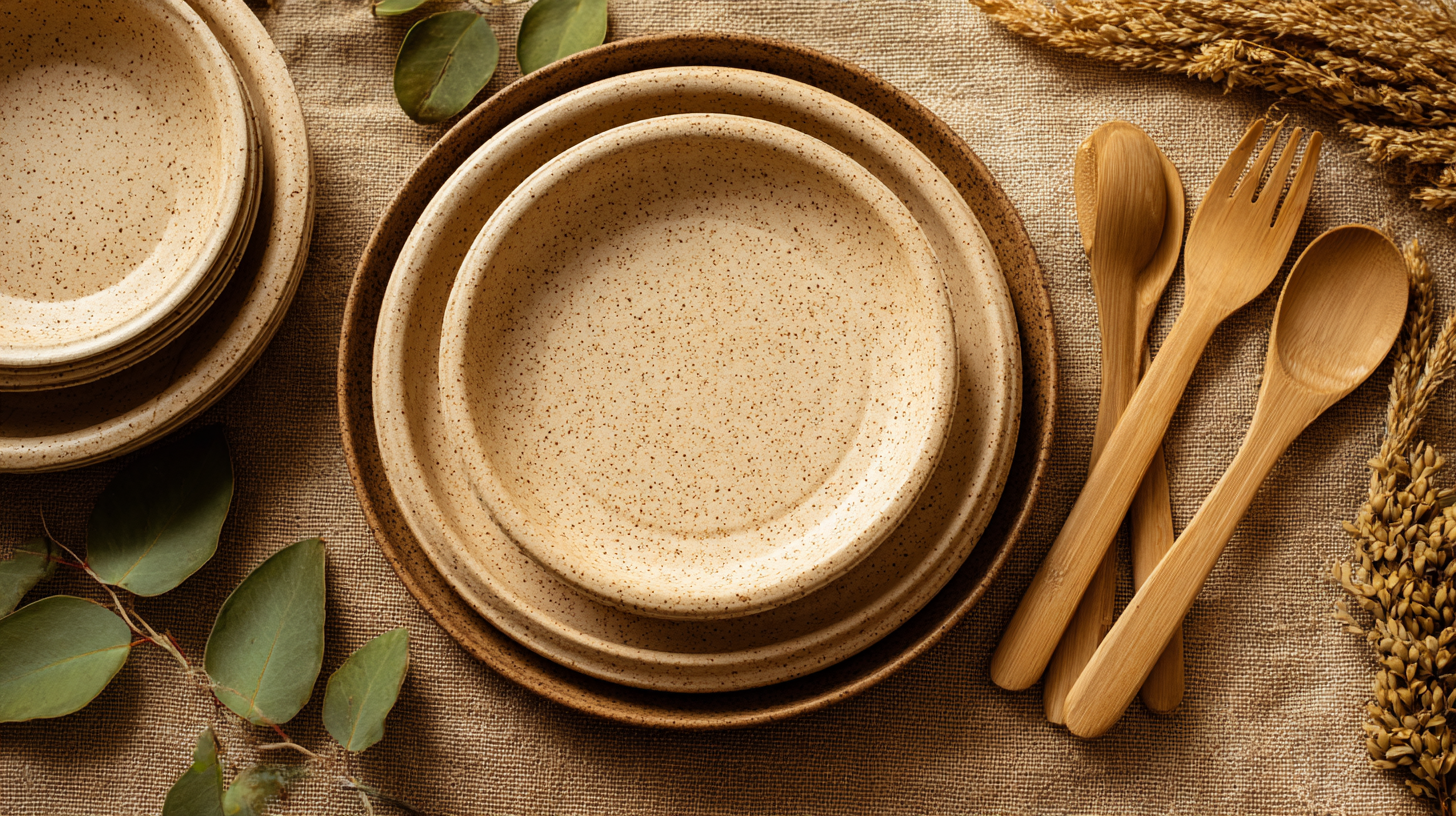
When selecting biodegradable crockery, it’s crucial to pay attention to certification standards. Look for products that meet recognized certifications for compostability and biodegradability. This ensures that the items will break down naturally without harming the environment. Additionally, consider the materials used; options like plant-based plastics or bamboo not only reduce waste but also contribute to a cleaner ecosystem.
Tips for consumers include assessing the brand’s sustainability practices and checking for any labels indicating compliance with environmental standards. Furthermore, consider your specific needs—whether for events, daily use, or special occasions—so you can choose the right type of crockery that aligns with your lifestyle while promoting sustainability.
